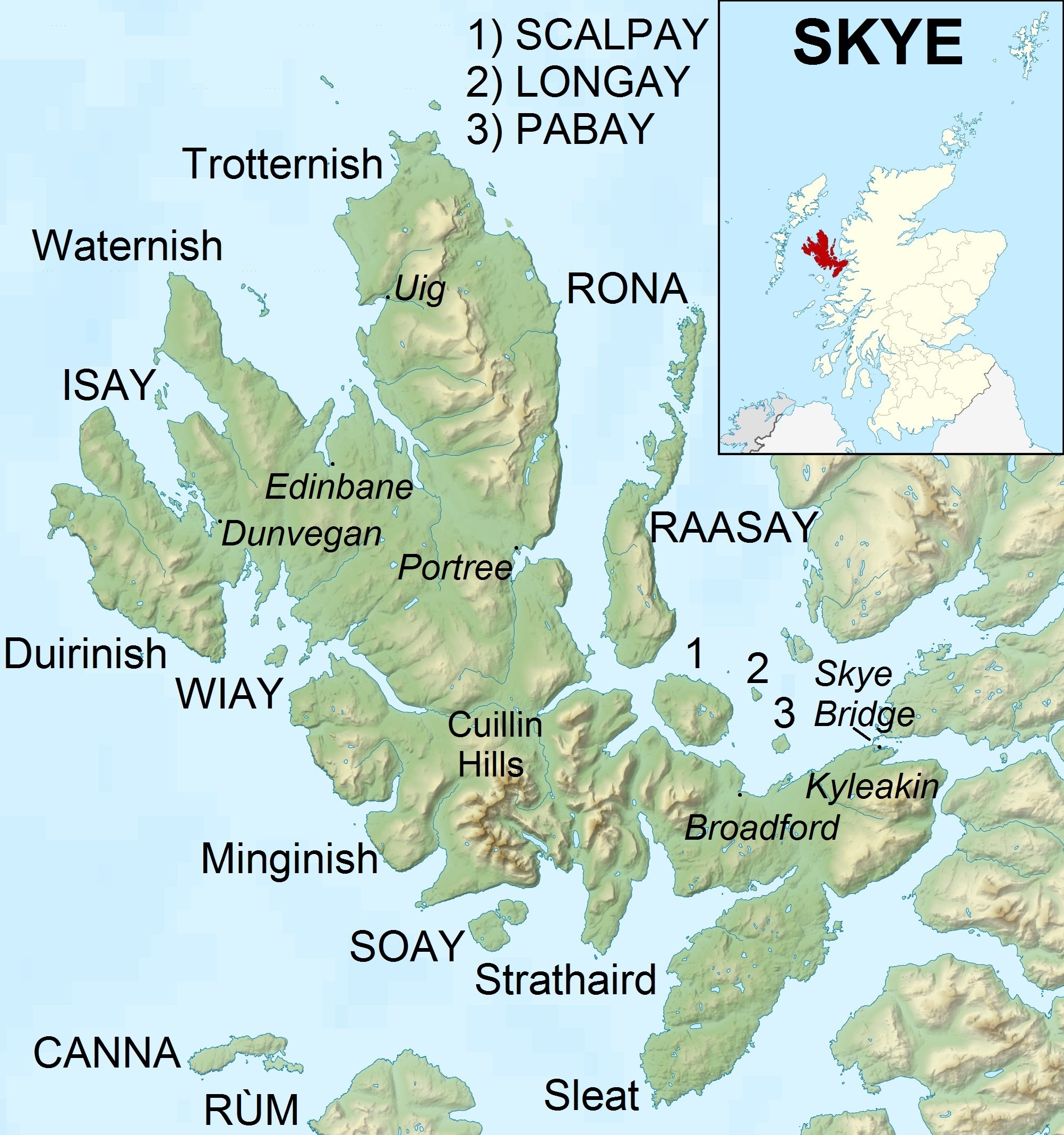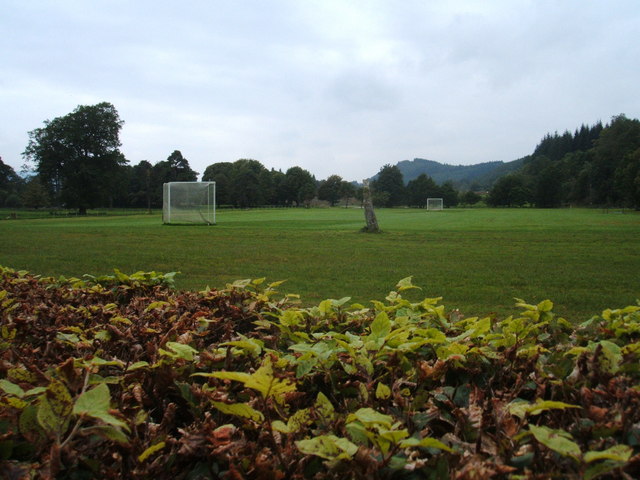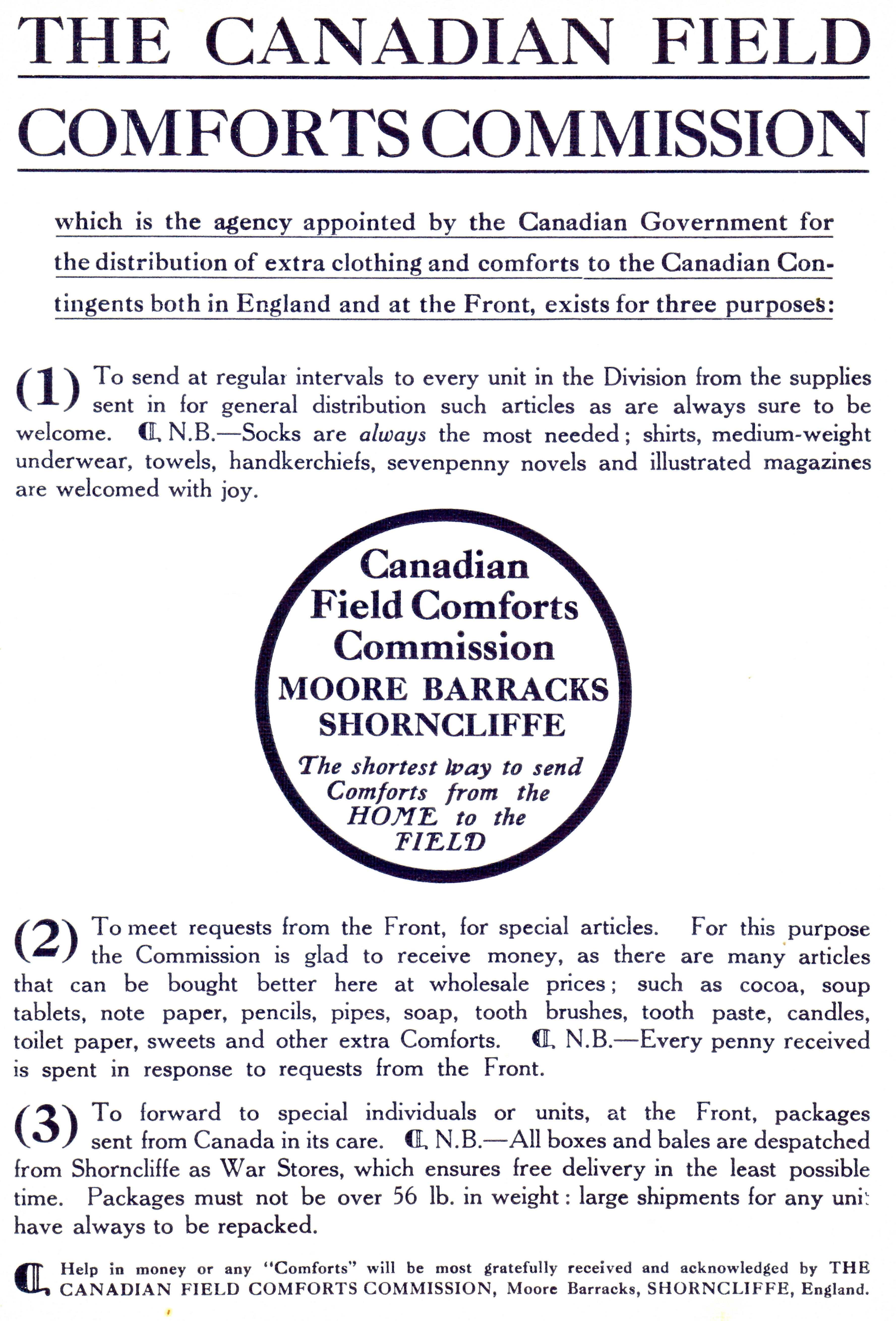|
Battle Of Festubert
The Battle of Festubert (15–25 May 1915) was an attack by the British army in the Artois region of France on the western front during World War I. The offensive formed part of a series of attacks by the French Tenth Army and the British First Army in the Second Battle of Artois . After the failure of the breakthrough attempt by the First Army in the attack at Aubers Ridge (9 May 1915) tactics of a short hurricane bombardment and an infantry advance with unlimited objectives, were replaced by the French practice of slow and deliberate artillery-fire intended to prepare the way for an infantry attack. A continuous three-day bombardment by the British heavy artillery was planned, to cut wire and demolish German machine-gun posts and infantry strong points. The German defences were to be captured by a continuous attack, by one division from Rue du Bois to Chocolat Menier Corner and by a second division north, which was to capture the German trenches to the left of Festuber ... [...More Info...] [...Related Items...] OR: [Wikipedia] [Google] [Baidu] |
Second Battle Of Artois
The Second Battle of Artois (, ) from 9 May to 18 June 1915, took place on the Western Front (World War I), Western Front during the First World War. A German-held Salient (military), salient from Reims to Amiens had been formed in 1914 which menaced communications between Paris and the unoccupied parts of northern France. A reciprocal French advance eastwards in Artois could cut the rail lines supplying the German armies between Arras and Reims. French operations in Artois, Champagne and Alsace from November–December 1914, led General Joseph Joffre, Generalissimo (Commander in Chief) and head of Grand Quartier Général (1914–1919), Grand Quartier Général (GQG), to continue the offensive in Champagne against the German southern rail supply route and to plan an offensive in Artois against the lines from Germany supplying the German armies in the north. Field Marshal Sir John French, 1st Earl of Ypres, John French, commander of the British Expeditionary Force (World War I), ... [...More Info...] [...Related Items...] OR: [Wikipedia] [Google] [Baidu] |
Artillery Piece
Artillery consists of ranged weapons that launch munitions far beyond the range and power of infantry firearms. Early artillery development focused on the ability to breach defensive walls and fortifications during sieges, and led to heavy, fairly immobile siege engines. As technology improved, lighter, more mobile field artillery cannons were developed for battlefield use. This development continues today; modern self-propelled artillery vehicles are highly mobile weapons of great versatility generally providing the largest share of an army's total firepower. Originally, the word "artillery" referred to any group of soldiers primarily armed with some form of manufactured weapon or armour. Since the introduction of gunpowder and cannon, "artillery" has largely meant cannon, and in contemporary usage, usually refers to shell-firing guns, howitzers, and mortars (collectively called ''barrel artillery'', ''cannon artillery'' or ''gun artillery'') and rocket artillery. In com ... [...More Info...] [...Related Items...] OR: [Wikipedia] [Google] [Baidu] |
BBC Sport
BBC Sport is the sports division of the BBC, providing national sports coverage for BBC BBC Television, television, BBC Radio, radio and BBC Online, online. The BBC holds the television and radio UK broadcasting rights to several sports, broadcasting the sport live or alongside flagship analysis programmes such as ''Match of the Day'', ''Test Match Special'', ''Ski Sunday'' and ''Today at Wimbledon''. Results, analysis and coverage is also added to the #BBC Sport Online, BBC Sport website and through the BBC Red Button interactive television service. History The BBC has broadcast sport for several decades under individual programme names and coverage titles. ''Grandstand (TV programme), Grandstand'' was one of the more notable sport programmes, broadcasting sport for almost 50 years. The BBC first began to brand sport coverage as 'BBC Sport' in 1988 for the 1988 Summer Olympics in Seoul, by introducing the programme with a short animation of a globe circumnavigated by four c ... [...More Info...] [...Related Items...] OR: [Wikipedia] [Google] [Baidu] |
Isle Of Skye
The Isle of Skye, or simply Skye, is the largest and northernmost of the major islands in the Inner Hebrides of Scotland. The island's peninsulas radiate from a mountainous hub dominated by the Cuillin, the rocky slopes of which provide some of the most dramatic mountain scenery in the country.#Slesser70, Slesser (1981) p. 19. Although has been suggested to describe a winged shape, no definitive agreement exists as to the name's origin."Gaelic Culture" . VisitScotland. Retrieved 5 January 2013. The island has been occupied since the Mesolithic period, and over its history has been occupied at various times by Celtic tribes including the Picts and the Gaels, Scandinavian Vikings, and most notably the powerful integrated Norse-Gaels clans of Clan MacLeod, MacLeod and Clan Donald, MacDonald. The island was considered to be under ... [...More Info...] [...Related Items...] OR: [Wikipedia] [Google] [Baidu] |
Portree
Portree (; , ) is the capital and largest town of the Isle of Skye in the Inner Hebrides of Scotland.W.H. Murray, Murray, W.H. (1966) ''The Hebrides''. London. Heinemann. Pages 154-155. It is a civil parishes in Scotland, civil parish and lies within the Highland (council area), Highland council area, around from its administrative centre of Inverness. Portree has a harbour, fringed by cliffs, with a pier designed by Thomas Telford. Attractions in the town include the former Aros Centre, now the Isle of Skye Candle Co. Visitor Centre, which celebrates the island's Gaels, Gaelic heritage. Further arts provision is made through arts organisation ATLAS Arts, a Creative Scotland regularly-funded organisation. The town also serves as a centre for tourists exploring the island.Haswell-Smith, Hamish. (2004) ''The Scottish Islands''. Edinburgh. Canongate, pages 173-4 Around 939 people (37.72% of the population) can speak Scottish Gaelic. Portree is connected to the Skye Bridge by the ... [...More Info...] [...Related Items...] OR: [Wikipedia] [Google] [Baidu] |
SCOTS Camanachd
SCOTS Camanachd is the only shinty team in the British Armed Forces. History It was established in 1994 by Fraser MacKenzie and the club originally played under the name of the Queen's Own Highlanders. They continued as the Highlanders Shinty Club representing the Highlanders (Seaforth, Gordons and Camerons) regiment which in 2006 was amalgamated into the Royal Regiment of Scotland as the 4th Battalion is an infantry battalion of the British Army. The club narrowly lost out in 2003 in South Division 2 to Glasgow University Shinty Club. Due to the 4th Battalion's regular placements abroad, the team at present only plays in cup matches and friendlies. In 2006, the club played the first competitive Shinty game outside Scotland for 80 years, losing to London Camanachd 1-0 in the Bullough Cup, although they won the tie 9-1 on aggregate. They then progressed to the final where they defeated Lochside Rovers 3-1 to win their first ever national trophy of the competition on 23 Sept ... [...More Info...] [...Related Items...] OR: [Wikipedia] [Google] [Baidu] |
Kingussie Camanachd
Kingussie Camanachd is a shinty team from Kingussie, Scotland. According to the 2005 ''Guinness Book of Records'', it is the world sport's most successful sporting team of all time, winning 20 consecutive leagues and going four years unbeaten at one stage in the early 1990s. The club is the current holder of the Camanachd Cup, the MacAulay Cup, Mowi Premiership, and the MacTavish Cup. History The club was founded in 1893. It won the first-ever Camanachd Cup in 1896, and the club has won the cup more times than any other team, apart from Newtonmore. However, despite early success in the competition for much of the twentieth century the club struggled to win the trophy, with a victory in 1961 the club's first in forty years. Kingussie hold a rivalry with neighbours Newtonmore, with the two teams having won the majority of Shinty's honours. Plans in 1927 would have seen the two sides merged, however these ideas were short lived, and the two sides have regularly battled out at the ... [...More Info...] [...Related Items...] OR: [Wikipedia] [Google] [Baidu] |
Skye Camanachd
Skye Camanachd is a shinty team from the Isle of Skye, Highland (council area), Highland, Scotland. It plays in the Premier Division and has a reserve team in North Division One, as well as a Ladies team in the WCA National Division One and a Ladies reserve team in the WCA Development League. The club is based at Pairc nan Laoch, Portree. Early history Skye had a strong tradition of playing shinty on the Old Celtic New Year, and there were a Portree Club and a Bernisdale Club in existence in the 1880s. However, Skye Camanachd in its present form came into being in 1892, winning the first ever MacTavish Cup. The club was a founding member of the Camanachd Association and entered the Camanachd Cup despite mainland clubs trying to force them to play on the mainland. The club had to wait almost 100 years to win the Camanachd Cup. The club endured a turbulent 1960s, and after a few years without entering competition was reformed in 1969. Re-establishment On 2 September 1969, the ... [...More Info...] [...Related Items...] OR: [Wikipedia] [Google] [Baidu] |
West Highland Free Press
The ''West Highland Free Press'' was founded in the Scottish Highlands in 1972 as a left-wing weekly newspaper, but with the principal objective of providing its immediate circulation area with the service which a local paper is expected to provide. It is based at Broadford on the Isle of Skye, covering Skye, Wester Ross and the Outer Hebrides. Content and columnists The paper's priorities are summarised in the Gaelic slogan on its masthead: "' – The Land, the Language, the People". It is a slogan borrowed from the Highland Land League which, in the late 19th century, fought crucial battles to win security of tenure for crofters. The land issue is at the heart of the ''Free Press'' politics. The paper perceives a fundamental conflict of interest in private landlordism (which persists to the present), and this is reflected in many of the most celebrated stories which it has reported. It has championed the cause of community land ownership with considerable impact upon publ ... [...More Info...] [...Related Items...] OR: [Wikipedia] [Google] [Baidu] |
Shinty
Shinty () is a team sport played with sticks and a ball. It is played mainly in the Scottish Highlands and among Highland migrants to the major cities of Scotland. The sport was formerly more widespread in Scotland and even played in Northern England into the second half of the 20th century and other areas in the world where Scottish Highlanders migrated. While comparisons are made with hockey, the two games have several important differences. In shinty a player is allowed to play the ball in the air and use both sides of the stick. The latter is called a , which is wooden and slanted on both sides. The stick may also be used to block and to tackle, although a player may not come down on an opponent's stick, a practice called hacking. Players may also tackle using the body as long as it is shoulder to shoulder. The game was derived from the same root as the Irish game of hurling/ camogie and the Welsh game of bando, but has developed unique rules and features. These rules ... [...More Info...] [...Related Items...] OR: [Wikipedia] [Google] [Baidu] |
51st (Highland) Division
The 51st (Highland) Division was an infantry Division (military), division of the British Army that fought on the Western Front (World War I), Western Front in France during the World War I, First World War from 1915 to 1918. The division was raised in 1908, upon the creation of the Territorial Force, as the Highland Division and later 51st (Highland) Division from 1915. The division's insignia was a stylised 'HD' inside a red circle. Early doubts about the division's performance earned it the nickname of "Harper's Duds" after the name of its commander, Major-general (United Kingdom), Major-General George Harper (British Army officer), George Harper although they would go on to gain a fearsome reputation with the Allies and Germans. The division was renamed the 51st (Highland) Infantry Division and fought during the World War II, Second World War as part of the Army Reserve (United Kingdom), Territorial Army after the Territorial Force was disbanded in 1920. In June 1940, the 51s ... [...More Info...] [...Related Items...] OR: [Wikipedia] [Google] [Baidu] |
1st Canadian Division
The 1st Canadian Division (French: ) is a joint operational command and control formation based at CFB Kingston, and falls under Canadian Joint Operations Command. It is a high-readiness unit, able to move on very short notice, and is staffed and equipped to meet Canada's military objectives to counter any potential threat. Formed during the First World War in August 1914, the 1st Canadian Division was a formation of the Canadian Expeditionary Force. The division contained a cavalry squadron and a Bicycle infantry, cyclist company, three infantry brigades (the 1st, 2nd and 3rd Canadian Infantry Brigades, each of four battalions), representing all parts of Canada, three field artillery brigades (roughly equivalent to modern regiments) armed with 18-pounders and engineers, together with elements of the Army Service Corps and the Army Medical Corps. The total war establishment of the division was 17,873 all ranks, with 4,943 horses. During its service in the First World War, the di ... [...More Info...] [...Related Items...] OR: [Wikipedia] [Google] [Baidu] |







